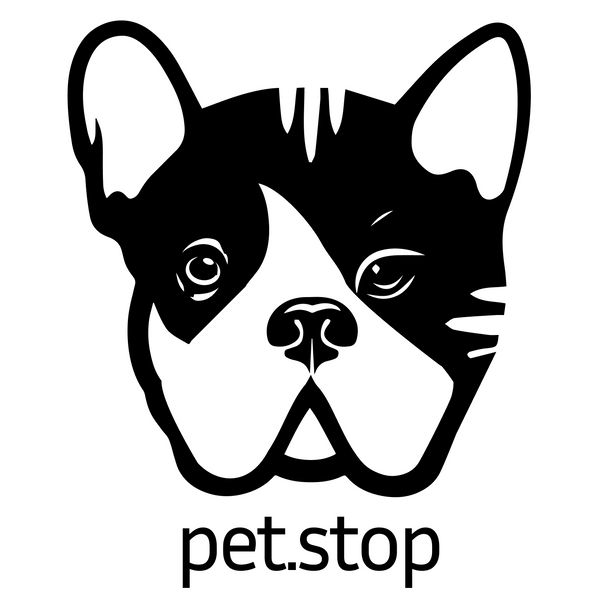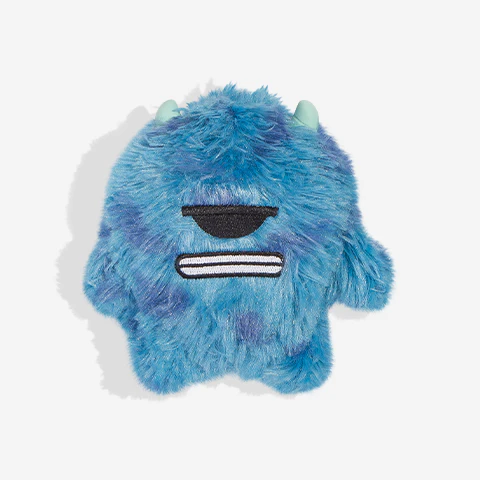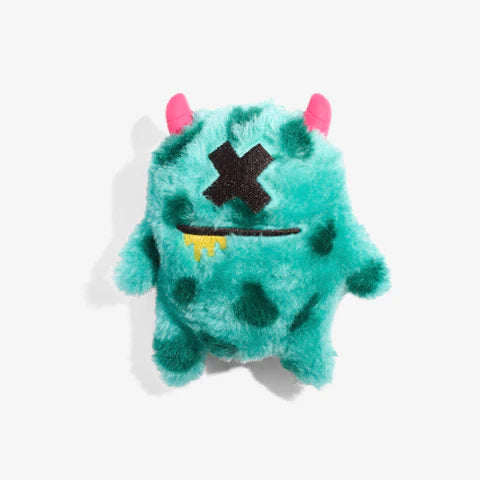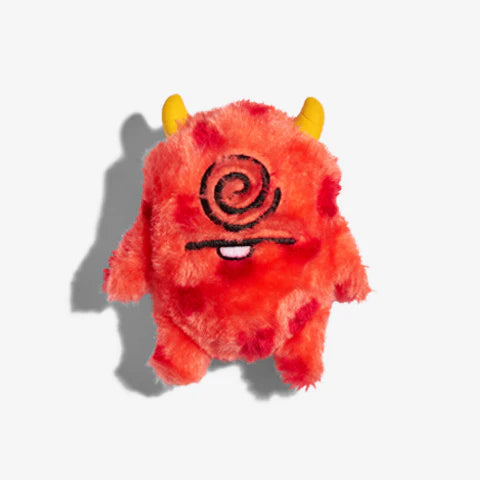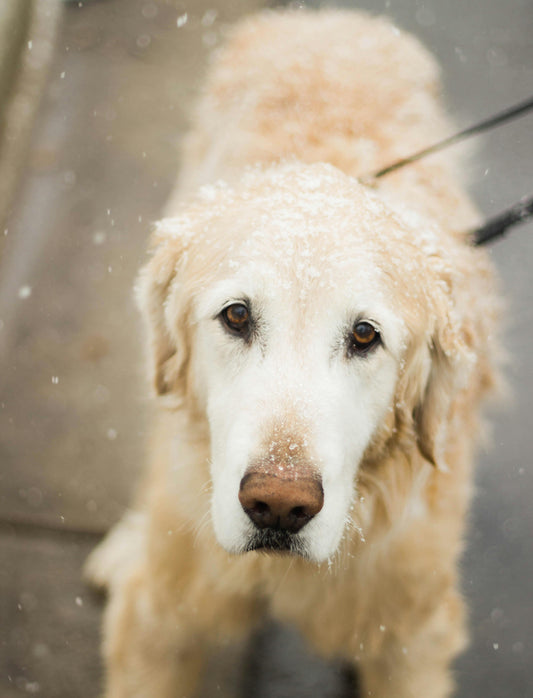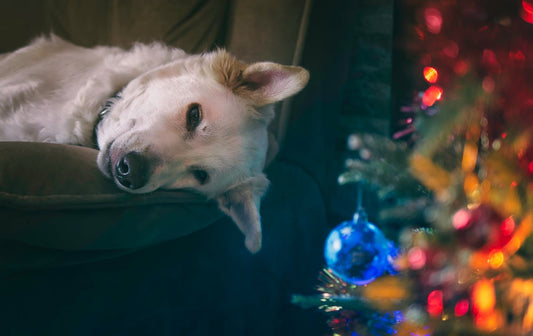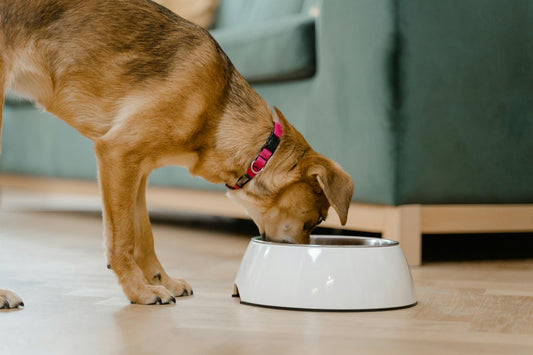Choosing the right toys for a dog can significantly influence its happiness and well-being. Selecting toys that match a dog's age, size, and play style is essential for ensuring both safety and enjoyment. From chew toys to interactive puzzles, the variety available can make this decision overwhelming.
Understanding a dog’s preferences and behaviors is crucial. Some dogs may prefer plush toys for comfort, while others might enjoy tougher items capable of withstanding aggressive play. Observing how a dog interacts with different toys can guide caregivers in making the best choice.
Safety should always be a top priority. Ensuring that toys are non-toxic and free of small parts that could pose a choking hazard is vital. With careful consideration, owners can find the perfect playthings that keep their dogs engaged and thriving.
Understanding Your Dog's Needs
Selecting the right toys for a dog starts with understanding its specific needs. Factors such as breed, size, age, and activity level significantly influence the appropriate toy choices.
Breed and Size Considerations
A dog's breed and size are critical in choosing suitable toys. Larger breeds, like Great Danes, require sturdy toys that can withstand their strength, while smaller breeds, such as Chihuahuas, benefit from lighter, easily manageable toys.
Toys for large breeds:
- Heavy-duty chew toys
- Tug toys made from durable material
Toys for small breeds:
- Soft plush toys
- Balls that are easy to carry and chase
Different breeds may also have unique preferences. For instance, herding breeds may enjoy toys that encourage chasing and fetching, while terriers often prefer toys they can dig into or chew.
Age Specific Toy Selection
A dog's age greatly impacts toy selection. Puppies usually need softer toys that are gentle on their developing teeth, while adult dogs may require more robust options.
For puppies, consider:
- Teething rings
- Soft, plush toys
As dogs mature, their preferences evolve. Adult dogs generally prefer toys that stimulate their minds and bodies—fetch toys, puzzle toys, or chew toys made from tough materials.
Senior dogs often enjoy lighter toys that are easy to handle. Look for:
- Squishy toys for ease of use
- Interactive toys to keep them mentally engaged
Activity Level and Play Style
Activity level and play style further dictate toy choices. High-energy dogs benefit from toys that support their need for physical stimulation, while more laid-back dogs may prefer quieter activities.
For active dogs:
- Balls for fetching
- Frisbees for outdoor play
For less active dogs:
- Chew toys that promote relaxation
- Puzzle toys for mental engagement
Understanding play style is also essential. Some dogs enjoy solo play, while others prefer interactive toys that involve their owners. Choosing toys that match a dog’s play style can enhance playtime and ensure they remain engaged and satisfied.
Safety First: Choosing Non-Hazardous Toys
When selecting toys for dogs, safety is a priority. Non-hazardous materials and appropriate sizing are crucial in preventing injuries or health issues.
Material Safety and Quality
Toys should be made from safe, durable materials such as natural rubber, non-toxic plastics, or canvas. Always look for toys labeled as BPA-free and consider the manufacturing process. Chew toys must withstand strong jaws without breaking apart.
Inspect for small parts that could pose choking hazards. For dogs who love to shred, avoid toys with exposed pieces that can be ingested.
Research brands that prioritize safety and quality. Consider checking reviews from other pet owners. This helps ensure a trustworthy choice that promotes healthy play.
Appropriate Toy Size and Durability
Selecting the right size of toy is vital for safety. A toy that’s too small can be easily swallowed, while one that’s too large may be difficult for the dog to handle.
For small breeds, look for toys specifically designed for their mouth size. Conversely, larger breeds need durable toys that can withstand their strength.
Evaluate toy durability based on your dog’s chewing habits. Consult with pet professionals regarding the best options for aggressive chewers. Toys that last longer reduce the risk of ingesting harmful materials.
Types of Dog Toys
Selecting the right type of dog toy is essential for meeting a dog's needs and preferences. Each category serves a unique purpose, enhancing playtime, mental stimulation, and comfort.
Interactive Toys
Interactive toys encourage active play and engagement. They often involve movement or sound, which draws a dog’s attention and can stimulate instincts like chasing or hunting. Common types include:
- Tug toys: These require both the dog and owner to play together, fostering bonding.
- Fetch toys: Balls and frisbees promote physical exercise through chasing and retrieving.
These toys come in various sizes and materials to suit different breeds. Ensuring durability is crucial, as active play can lead to wear and tear.
Chew Toys
Chew toys are essential for maintaining a dog's dental health and satisfying their natural urge to chew. They come in various materials, including rubber, nylon, and natural bones. Each type offers specific benefits:
- Rubber toys: Durable and often designed for fetch or shaking.
- Nylon bones: Great for aggressive chewers, providing long-lasting fun.
- Rawhide: These can keep dogs occupied, but it's crucial to supervise to prevent choking incidents.
Choosing the right size is vital. A toy too small can pose a choking hazard.
Puzzle Toys
Puzzle toys challenge a dog's intellect and problem-solving skills. They are designed to dispense treats or require manipulation to access hidden rewards. They can range from simple to complex, suited for varying skill levels. Types include:
- Sliding puzzles: Dogs must move pieces to reveal treats.
- Treat-dispensing balls: These require rolling for treats to fall out.
Regular use of puzzle toys can reduce boredom and help prevent destructive behavior. They promote mental stimulation, which is equally important as physical activity for a dog's well-being.
Comfort Toys
Comfort toys provide emotional security and support for dogs, particularly in stressful situations. These toys often mimic the shape and feel of a companion, helping dogs cope with anxiety or loneliness. Common types include:
- Stuffed animals: Soft and plush, these are perfect for cuddling.
- Blankets: Dogs often enjoy snuggling into something familiar.
When selecting comfort toys, ensure they are machine washable and made of durable materials, as they can become well-loved and heavily used. Dogs may carry these toys everywhere, making them an essential part of their daily life.
Maintaining Interest
Keeping a dog engaged with their toys can prevent boredom and encourage active play. Rotating toys and introducing new challenges are effective strategies to maintain a dog's interest.
Rotating Toys
Rotating toys involves periodically changing the selection of toys available to a dog. This method helps sustain a sense of novelty and excitement.
Benefits of Rotation:
- Preventing Boredom: A dog may lose interest if the same toys are always accessible.
- Extended Lifespan: Less frequent exposure can help toys last longer.
How to Rotate:
- Select a Few Toys: Choose a small selection of toys to leave out.
- Set a Schedule: Change the toys every few days or weekly.
- Observe Preferences: Take note of which toys your dog enjoys most to inform future rotations.
Introducing New Challenges
Incorporating new challenges into playtime can stimulate a dog's mind and body. Engaging toys that require problem-solving can be particularly beneficial.
Types of Challenges:
- Puzzle Toys: These toys can hide treats and require dogs to figure out how to access them.
- Interactive Games: Games that involve fetch or tug-of-war can also be varied to maintain intrigue.
Implementation Tips:
- Start Simple: Introduce new toys gradually.
- Observe Reactions: Pay attention to the dog's response to ensure they find the new toy stimulating.
- Increase Complexity: Once a dog adapts, increase the difficulty to keep them challenged and interested.
